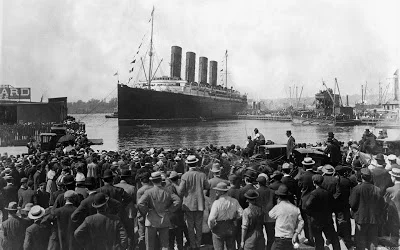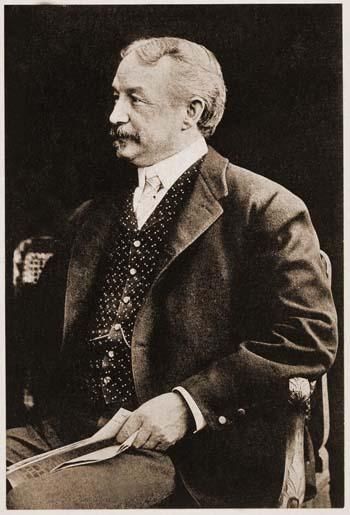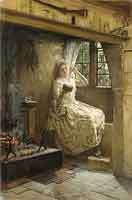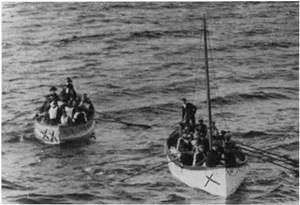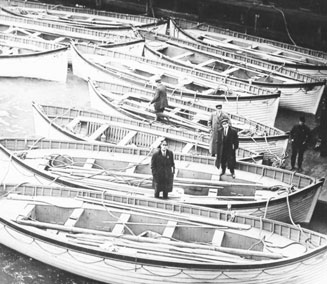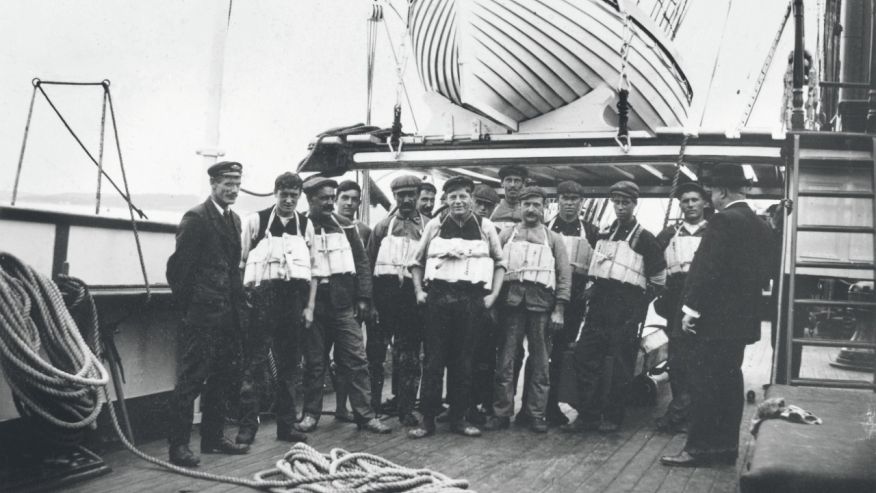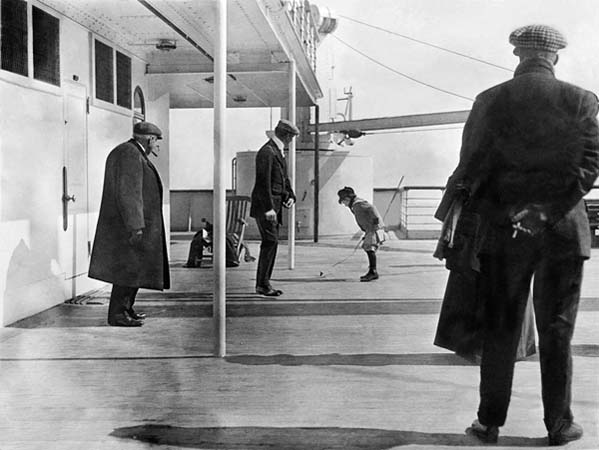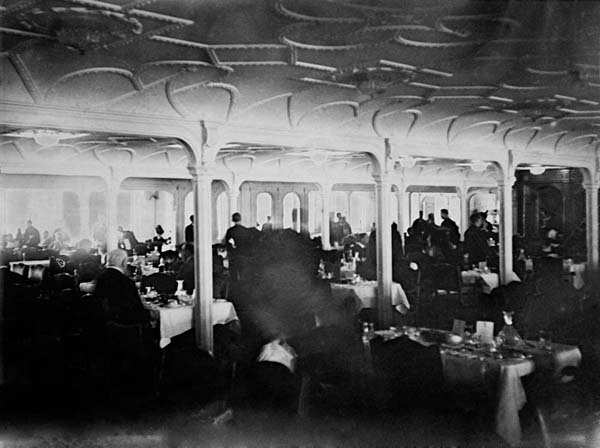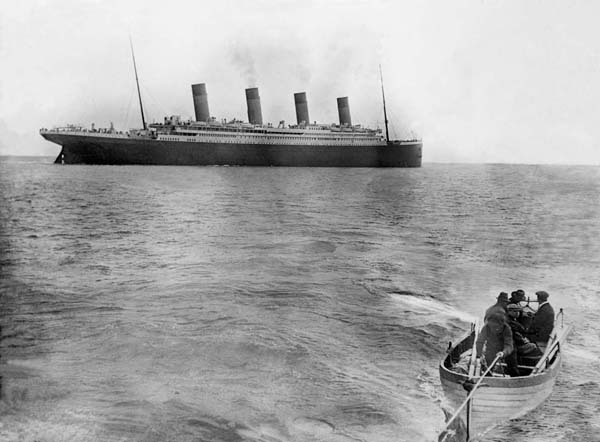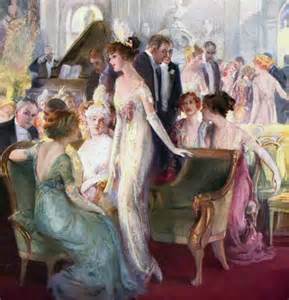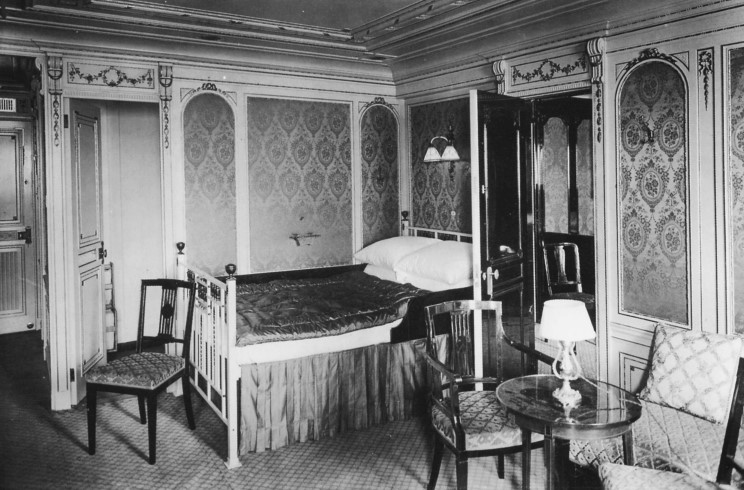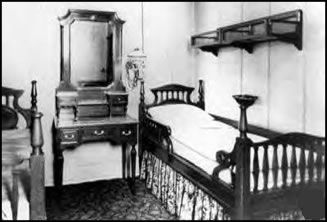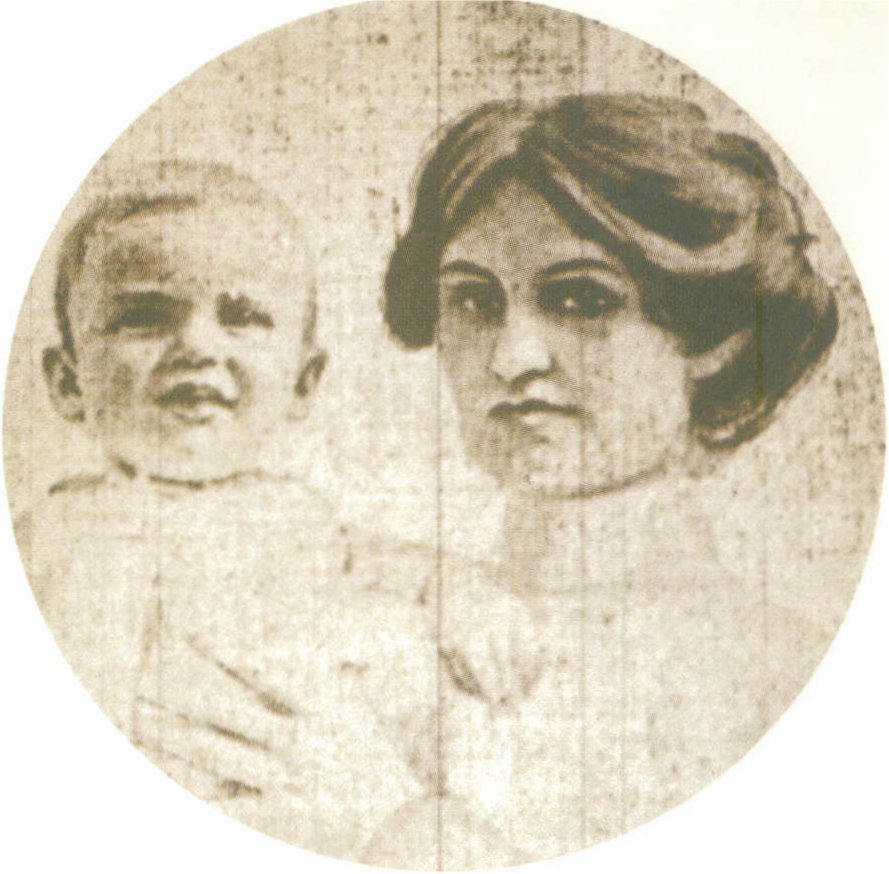The $250,000 Fur Coat and the Woman Who Wore It
/Last month in Great Britain, a fur coat that once belonged to a stewardess on the Titanic sold at auction for GBP150,000 (more than $250,000 in US dollars). The coat was worn by Mabel Bennett, a first class stewardess, as she entered Lifeboat 5.
fur coat
Mabel was born in England in 1878, the seventh of ten children. In her twenties, she became a domestic servant, living away from home. She married in 1905 and had one daughter, also named Mabel. By 1911, she was living with her sister and brother-in-law and working at sea. She worked as a stewardess aboard the Olympic, one of Titanic’s sister ships, and signed on to the Titanic with her brother-in-law and nephew, who worked as stewards.
mabel bennett
Mabel Bennett, 33, soon after the sinking of the Titanic
On the night of the sinking, Mabel grabbed her fur coat and headed to the lifeboats. She and her brother-in-law survived, but her nephew perished. Mabel and other surviving stewardesses returned to England after rescue by the Carpathia.
titanic stweardesses
A group of surviving Titanic stewardesses returning to England. Mabel's family verified she is 6th from the left, behind the railing.
What happened to her first marriage is unknown, but Mabel remarried in 1918. She died on her 96th birthday, and out of all the surviving female crewmembers, Mabel is believed to have lived the longest.
Her great-niece wrote the following in a letter accompanying the coat.
"On her rescue from the Titanic she was in her nightdress and this coat was the first garment she snatched for warmth. My aunt gave me the coat in the early 60s, because of her advancing years she found the weight of the coat too much for her."
After her death, the coat was nearly given away to charity by mistake. But it remained in the family until 2000, when it was first given up for auction. The amount at this year's auction is believed to be the highest price ever paid for a collectible coat.
Photo credits: Eskside.co.uk, EncyclopediaTitanica.com, FoxNews.com




